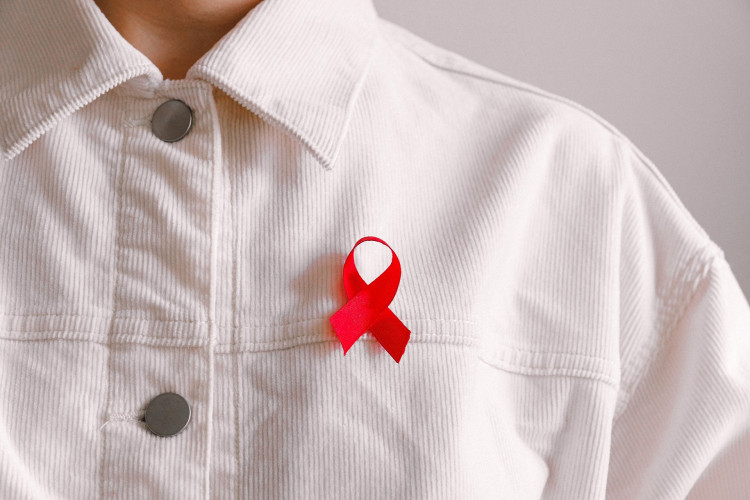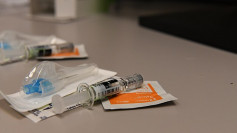In a groundbreaking study, researchers at the Duke Human Vaccine Institute (DHVI) have demonstrated that an experimental HIV vaccine can trigger the production of rare and potent antibodies in human patients. The findings, published in the journal Cell, represent a significant step forward in the decades-long quest to develop an effective vaccine against the virus that causes AIDS.
The phase I clinical trial, which began in 2019, enrolled 24 healthy participants, 20 of whom received the vaccine candidate targeting HIV-1, the most common type of HIV. The vaccine was designed to elicit broadly neutralizing antibodies (bnAbs), which can recognize and neutralize multiple strains of the rapidly mutating virus.
"We're gathering proof of concept that a vaccine could be made - can be made," said Dr. Barton Haynes, director of the DHVI and a leader of the recent trial. "We're having to coax the immune system, to guide the immune system in a way we've never had to do."
The trial was halted after one participant experienced a severe allergic reaction to polyethylene glycol (PEG), a component used to stabilize the vaccine formulation. Despite this setback, the researchers analyzed the available data and found promising results.
Fifteen participants received two doses of the vaccine, spaced two months apart, while five others received a third dose before the trial was stopped. Tests showed that two doses triggered a robust immune response and the production of bnAbs. The most potent of these antibodies neutralized 15 to 35 percent of HIV strains in cell experiments.
"It was very exciting to see that, with this vaccine molecule, we could actually get neutralizing antibodies to emerge within weeks," said Wilton Williams, an immunologist at the DHVI who led the study.
The researchers have since reformulated the vaccine without PEG to improve its safety and plan to resume testing the PEG-free version. While this is just one step toward creating an effective HIV vaccine, the results lend credence to the iterative vaccination strategy employed by the DHVI team.
"This supports the whole concept," said Thomas Hope, a professor of cell and developmental biology who studies HIV at Northwestern University Feinberg School of Medicine. "Many worry if this is possible, so the new study lends credence to this iterative HIV vaccination strategy."
The ideal HIV vaccine would induce four different types of bnAbs to prevent the virus from escaping the vaccine's protection. Additionally, the antibodies need to be produced in high quantities and persist in the body for an extended period.
Despite the challenges that remain, the recent trial represents a significant advancement in HIV vaccine development. The ability to elicit bnAbs in humans within weeks, rather than years, as seen in natural infections, is a major milestone.
"This work is a major step forward as it shows the feasibility of inducing antibodies with immunizations that neutralize the most difficult strains of HIV," said Dr. Haynes. "Our next steps are to induce more potent neutralizing antibodies against other sites on HIV to prevent virus escape. We are not there yet, but the way forward is now much clearer."






